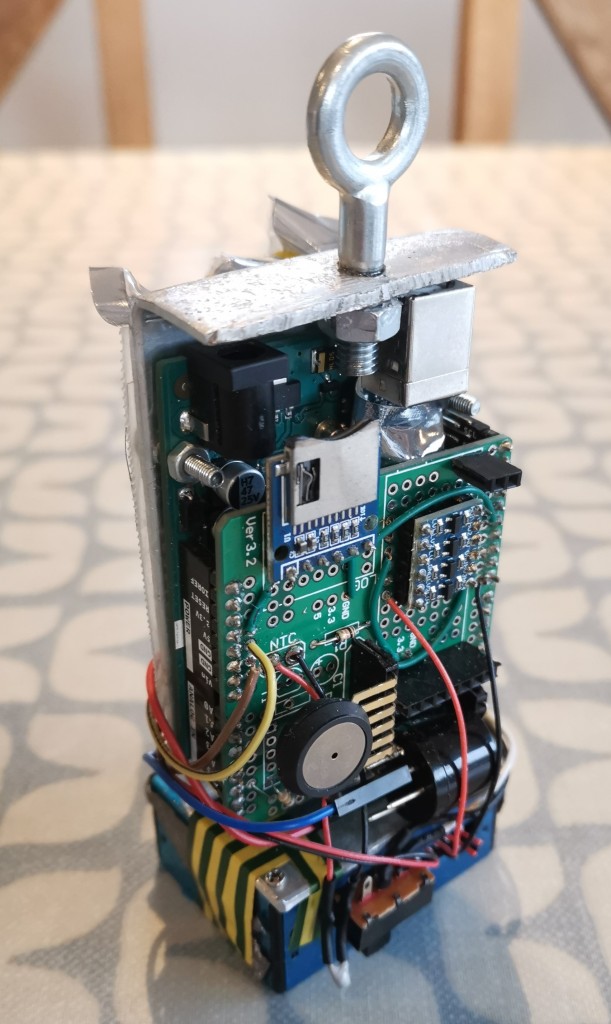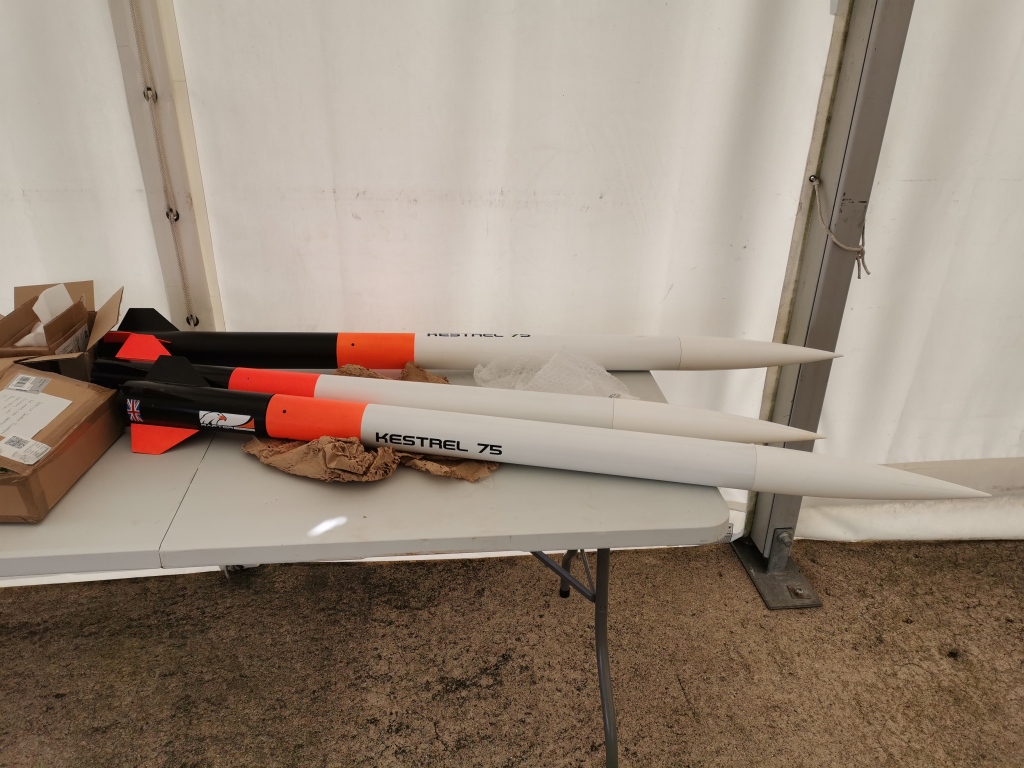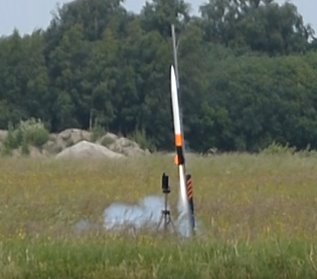Over the past seven or so months I have been working in a team of four taking part in the CanSat competition. The goal of the competition is to build a simulation of a satellite within the volume of a soft drinks can. The device is then launched in a small rocket and descends with a parachute.
The primary mission is set by the organisers, and it was to measure temperature and pressure as the CanSat falls. We chose to measure particulate matter and ozone levels as our secondary mission. This year, as it was uncertain whether we would be able to attend the launch, they changed the requirements so that data had to be written to an SD card rather than transmitted over radio.
Originally I was the system architect responsible for designing the electronics and the layout of the system. However, by the end I was responsible for designing it, building it as well as writing the software to run on the Arduino. Another member was responsible for designing and constructing the parachute, another for the data analysis and another for PR and outreach. Originally a different team member was meant to build the electronics and we were meant to work together on the physical part, but the lockdowns combined with the fact that I’m the only one that owns a soldering iron meant I also took responsibility for this.


It’s been a tough project, working in the garage on cold, dark winter nights after online school, but I’m proud we eventually managed to get a working CanSat launched and recovered data for analysis.
A challenging part was the physical construction. Since we weren’t in school, I had to improvise using materials and tools I could find at home. I ended up using a sheet of aluminium that had come with the CanSat kit as the support structure, bending it into shape with a hammer and drilling holes in it for screws. For the enclosure I used two pea tins cut in half with scissors so that they could interlock. It took a lot of trial of error to get it all within the size and weight limits.
The part I enjoyed most was launching the CanSat at Elvington Airfield. It was fun to see the rockets launch and see what other teams had made. Only two of us went because the other two didn’t want to miss school – it was quite threatening to see big teams of 11 students crowded around tables making last-minute changes while we were two people standing around waiting for our sensors to warm up.


Taking part in the competition has taught me more about air quality sensors and physical construction.
For a variety of reasons, I ended up acting as the de facto project manager, keeping an eye on people’s progress, assigning people sections of the reports to write and chasing them up on it, and interfacing with teachers and organisers. As such I’ve learned about project management, including the importance of having a central person to delegate tasks and set hard deadlines. Initially we didn’t have this and nothing got done.
I’ve also been forced to adopt better time management by the sheer volume of work I’ve had recently. In June I had the CanSat launches, we had to write a report and record a presentation about it, there were two gold Duke of Edinburgh expeditions, I had three live webinars and online modules for the Lessons from Auschwitz Online course, a week of end of year exams and all of the revision associated which had already been going on for weeks, and I had to write an application for a STEM ambassador role in the school. While this was all going on I was also trying to do personal projects such as my two TTN Mapper nodes in time for the expeditions.
To manage all of my tasks I’ve used a Kanban board in Trello. It’s helped me to keep track of everything that needs to be done and the deadlines associated with them.